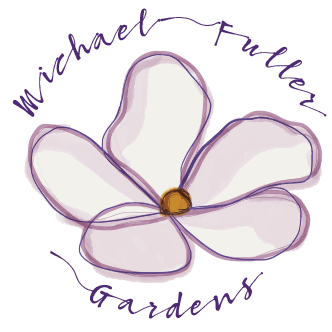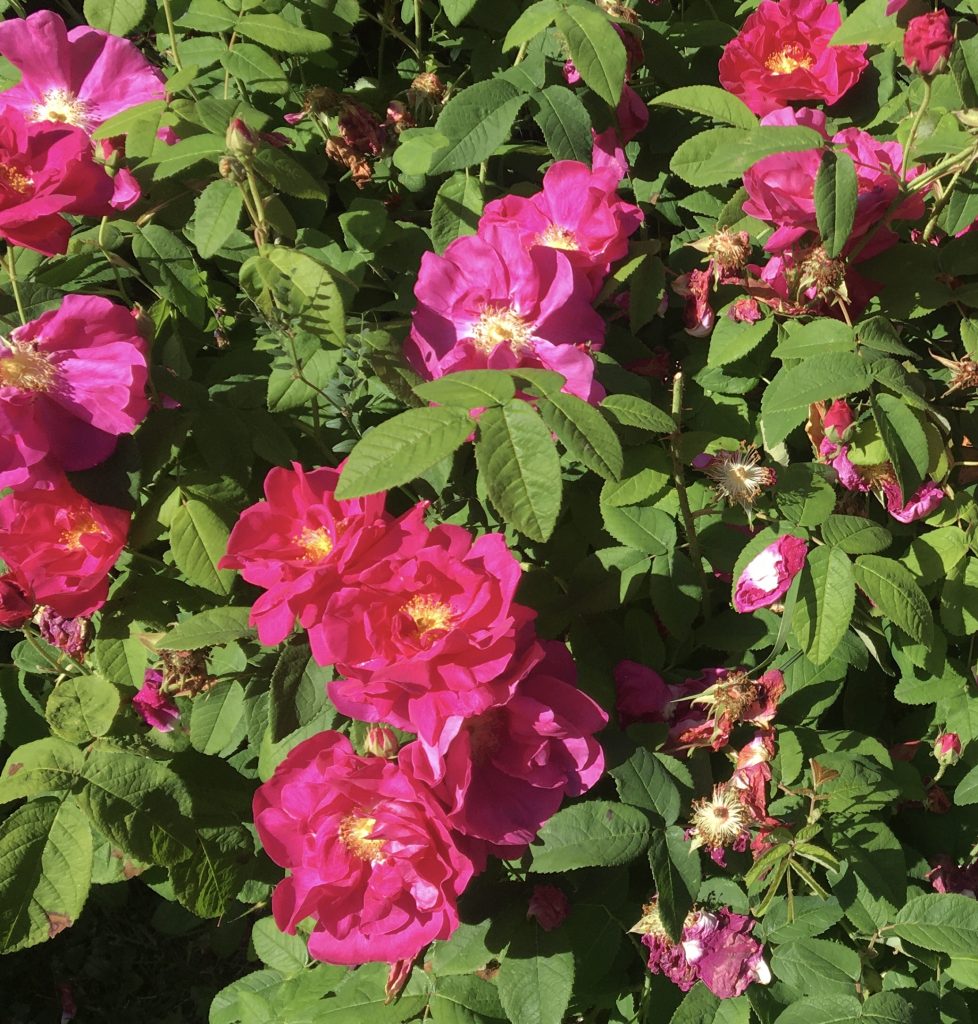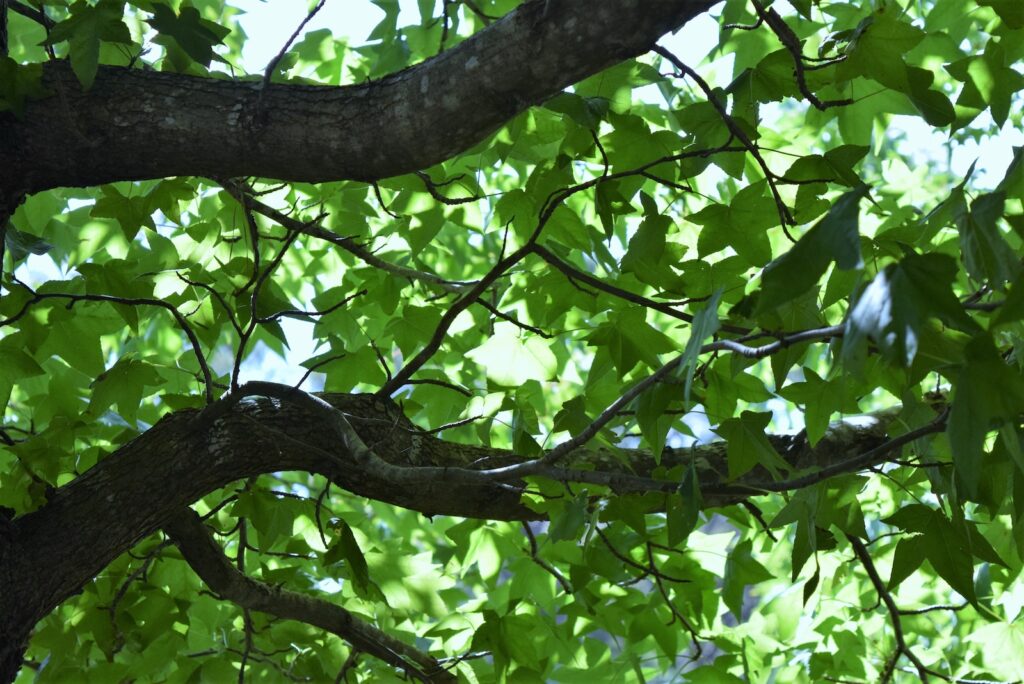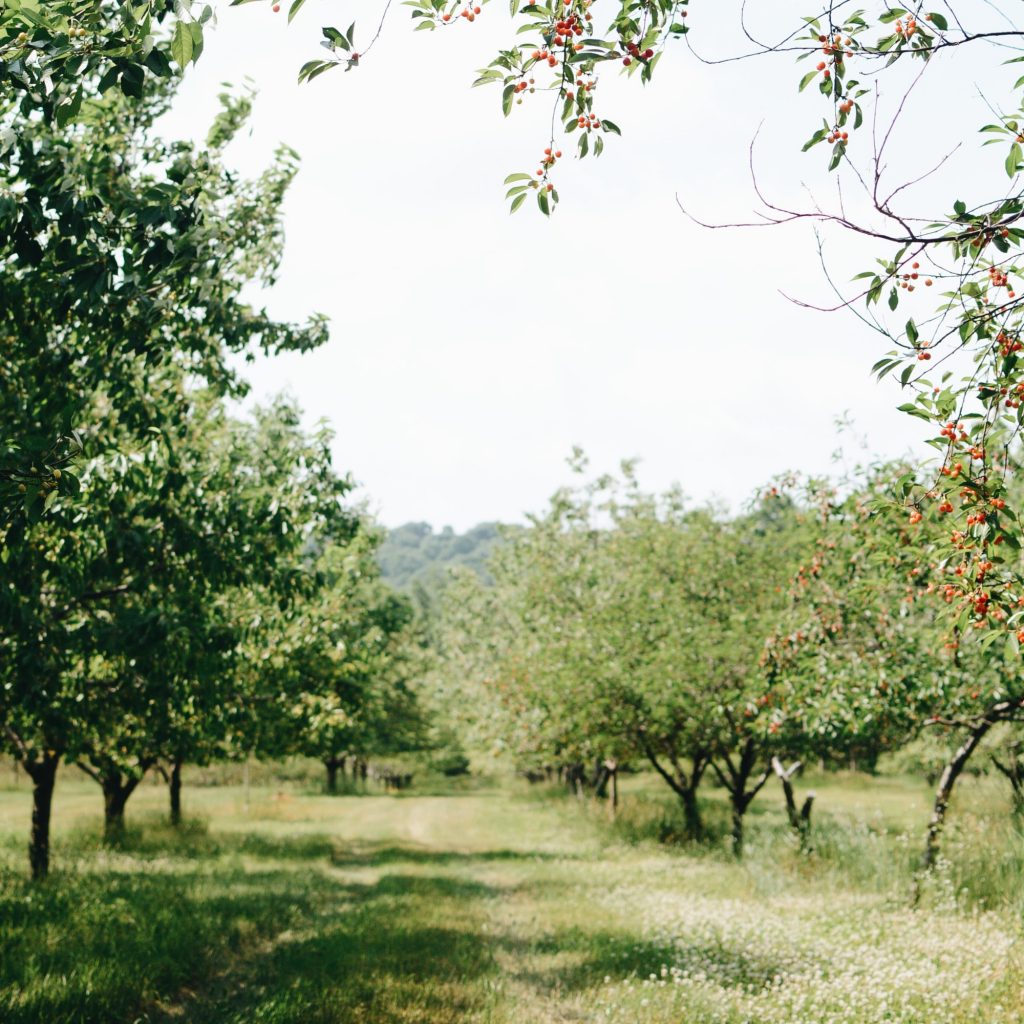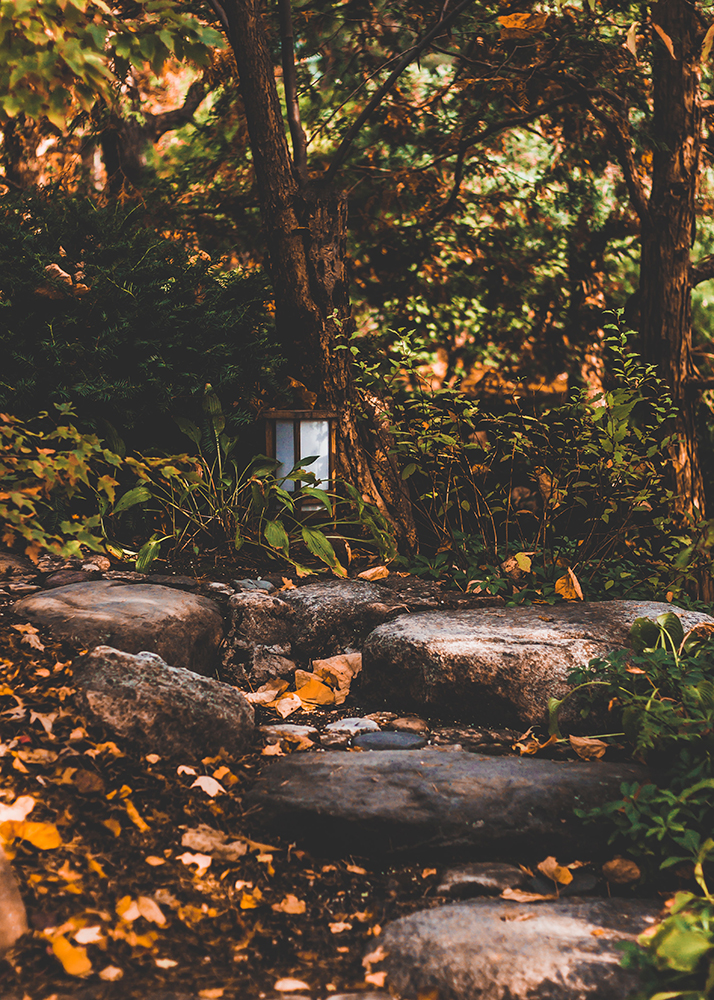The Compost Heap – the ‘Heart Chakra’ of the Garden.
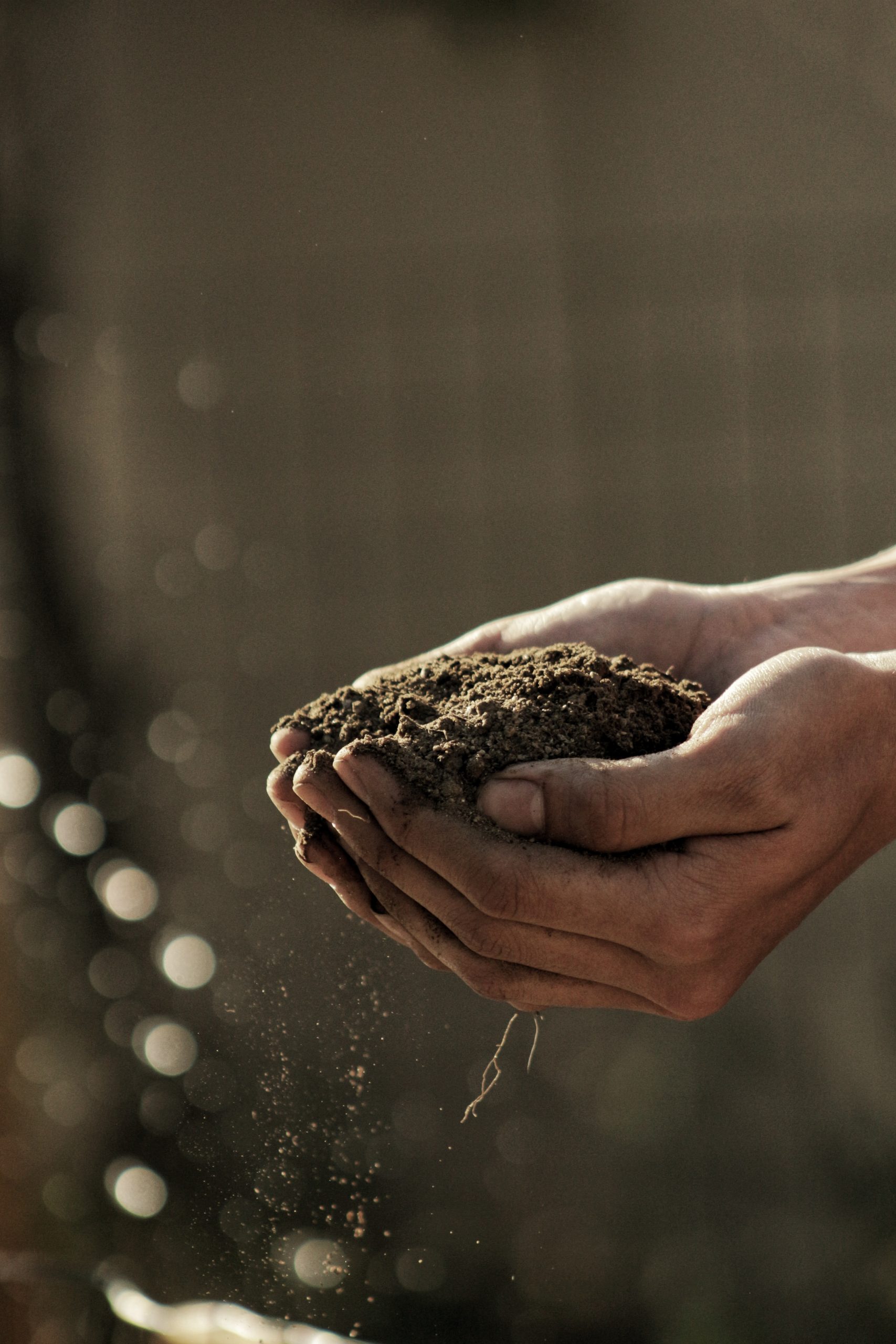
Although I have written about compost before, there are many ways of thinking about compost, here is a slightly different approach…
The ancient system of bodily chakras (or energy centres) which many of us know, lists seven main chakras – moving from the base of the spine – the root chakra, to the top of the head – the crown chakra, through the sacral, solar plexus, heart, throat and third eye. The heart chakra is in the middle and is the intermediary between the three lower and three higher chakras. Physically it controls circulation, warmth and life itself, on an emotional level it can regulate our likes and dislikes, and spiritually it can enliven our thinking.
But what has this to do with gardening? Well, quite a lot. We can think about a compost heap as a place of transformation: we are attempting to change ‘waste’ into ‘nourishment’. We start with the ‘lower’ elements from the garden – food waste, weeds, grass clippings, shredded hedge materials and leaves; this ‘rubbish’ is often seen as an inconvenience, as something to get rid of. In my view this is a mistake: our attitude to this ‘waste’ should be one of gratitude, as something with potential for creation. Now and again I can experience this, perhaps removing the weeds from garden beds in early May: chickweed, groundsel, cleavers; green, warm, moist and fragrant – almost good enough to eat! I take great pleasure in adding these to the compost knowing how much life and goodness is within them. Turning to the chakra teachings of many spiritual teachers we learn that the lower chakras – the root, sacral and solar plexus often harbour trauma or energy which we feel uncomfortable with, which we perhaps don’t want to acknowledge. They teach us that this, like the attitude to weeds outlined above, is also a mistake – we need to welcome this negative energy, and by welcoming it we can transform it. There are many techniques available to help with this transformation, clearly outside the scope of this article, but I would suggest they are all working with the same processes as composting!
Taking the chakra analogy just a little further, we can learn that enlivening our heart chakra through the process described above also then nourishes our higher chakras, our feelings of love, our way of speaking, of relating to each other and to the spiritual world. In other words, the lower feeds the higher. And in the garden? – well, the enlivened ‘lower’ waste properly cared for in the heap, becomes food for the ‘higher’ flowers, fruit and seeds, which ultimately feeds both us and all the beings of the garden with the two streams of nourishment: that which we take in through our eyes, and that which we take in through eating.
Practical tips for composting:
A) Ensure there is a balance of woody and green material, dry and wet and mix as often as you can.
B) Just like our hearts, the compost heap cannot accept everything – some things are difficult to compost effectively – couch grass, bindweed and ground elder should not be added, but either burnt or given to a local recycler able to compost at high temperatures. Cooked food waste and meat should also be avoided – this will encourage rats.
C) Allow time for transformation, at least 6 months is required for a heap to become useful.
D) Add biodynamic compost preparations. These six preparations made from common plants like Dandelion, Yarrow and Nettle add an extra value to the heap, transforming the compost further, into something more than just food. (See www.biodynamic.org)
E) The golden rule, again using the heart analogy, is to love your compost heap. A strange thought perhaps? But I believe that in doing this you will no longer look at it just as a place for putting ‘rubbish’, but rather as a place you love going to, and by loving it you will grow into instinctively knowing what your heap, (your heart) desires!

